Morning Eye Candy: The Rock Garden
Posted in Photography on March 24 2011, by Plant Talk
It’s a sure sign of spring’s return: The Rock Garden is open again for the year!
Photo by Ivo M. Vermeulen

Inside The New York Botanical Garden
Posted in Photography on March 24 2011, by Plant Talk
It’s a sure sign of spring’s return: The Rock Garden is open again for the year!
Photo by Ivo M. Vermeulen
Posted in Photography on March 23 2011, by Plant Talk
Prunus mume ‘Matsurabara Red’ (photo by Ivo M. Vermeulen)
Posted in Gardening Tips on March 22 2011, by Sonia Uyterhoeven
 |
Sonia Uyterhoeven is Gardener for Public Education. |
 The mention of genetic manipulation is often met with suspicion in the botanical world, yet if we look back into our past we will discover that it has been an important and well worn horticultural practice. Charles Darwin dove into the treasure troves of early 19th century hybridizers to help piece together his theory of evolution.
The mention of genetic manipulation is often met with suspicion in the botanical world, yet if we look back into our past we will discover that it has been an important and well worn horticultural practice. Charles Darwin dove into the treasure troves of early 19th century hybridizers to help piece together his theory of evolution.
Long before then, genetic manipulation was a staple in horticultural practice. Hybridizers were constantly on the look out for specimens with desirable traits – whether it was larger fruit, early maturity or interesting foliage. Cabbage and the other members of its illustrious family have a long history of change. Some sources say these changes started back as early as the 5th century B.C.
While cabbages, cauliflower, broccoli, kale, kohlrabi and Brussels sprouts are viewed as distinct vegetables by gardeners, they all originally come from the same species – Brassica oleracea. Centuries of careful selection has lead to the variety of vegetables that end up on our table.
Wild cabbage or sea cabbage (Brassica oleracea) is a Mediterranean cliff plant that looks a lot like kale. This maritime plant is salt and lime tolerant. It is not a good competitor so it grows on hillsides. Wild cabbage is a biennial that takes 2 years to flower and set seed – the flower can reach 3-7 feet in height. The leaves that form a rosette in the first year are high in nutrients and vitamin C – ancient Greeks and the Romans relied on it as a food source.
Over time, through selection, different parts of the plant was modified and selected for. Kale was one of the first descendents. Its botanical name Brassica oleracea var. acephala means ‘cabbage without a head’. Wild cabbages with tight clusters of leaves were selected for over time and these eventually turned into heads. Our cabbage (pictured) Brassica oleracea var. capitata means ‘cabbage with a head’.
The Germans developed a taste for fleshy stems and breeding practices resulted in the ‘stem turnip’ or what we know as kohlrabi (Brassica oleracea var. caulorapa). The Italians developed a taste for immature flower buds hence the introduction of broccoli (Brassica oleracea var. italica). Brussels sprout (Brassica oleracea var. gemmifera) as you have probably figured out by now were bred by the Belgians and given the name ‘cabbage bearing gems’.
Every vegetable has a history to tell; it is our job to trace and understand it. Looking back on thousands of year of breeding certainly gives me a great appreciation for the plasticity of plant material and the amount of variation that is always present in species.
Posted in Photography, Wildlife on March 22 2011, by Plant Talk
Jose and Justin have been busy this winter. As have our staff who have been working, like you-know-whats to protect the trees in the forest.
Jose and Justin Were Here (photo by Ivo M. Vermeulen)
Posted in Members, Photography, Wildlife on March 21 2011, by Plant Talk
Remember this guy standing guard over his nest? Well, it turns out, he’s a father now! For the first time since 2009, The New York Botanical Garden‘s Native Forest is home to at least two baby Great-Horned Owl chicks! First word on the nest came to us from NYBG member, Plant Talk contributor, and amateur wildlife photographer Pat Gonzalez, who says she has confirmed the existence of the chicks with New York City bird expert Dr. Robert “Birding Bob” Candido.
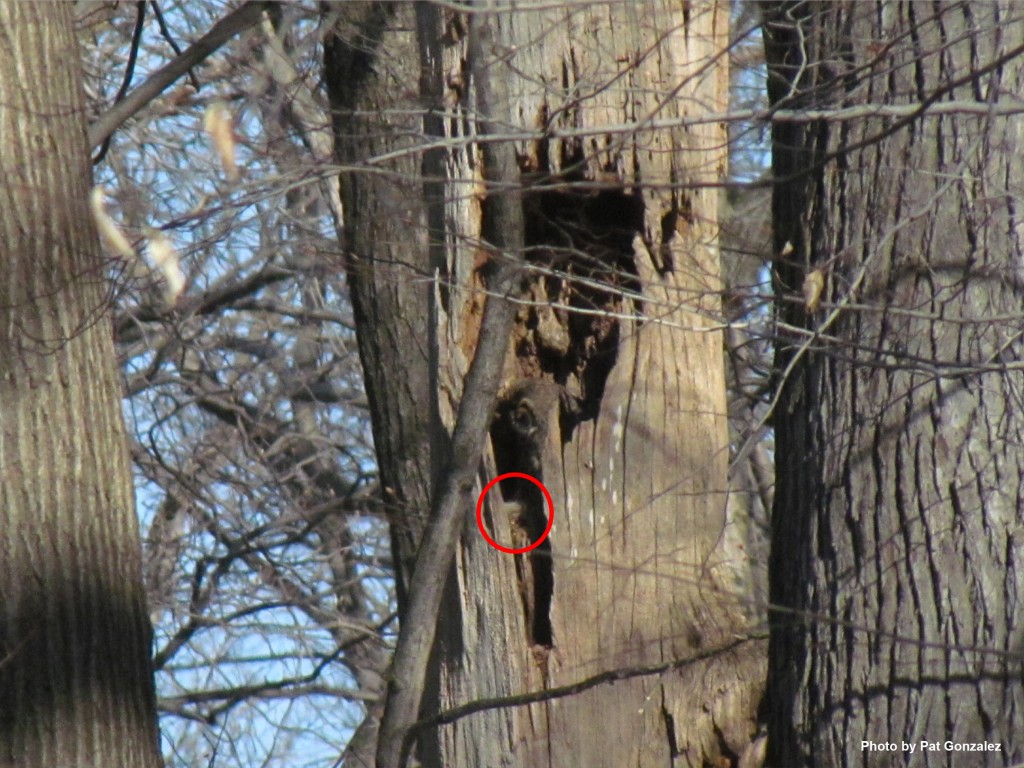
As Pat puts it, “Little white faces peeking out through the hole in that tree is a good thing” We couldn’t have said it better ourselves!
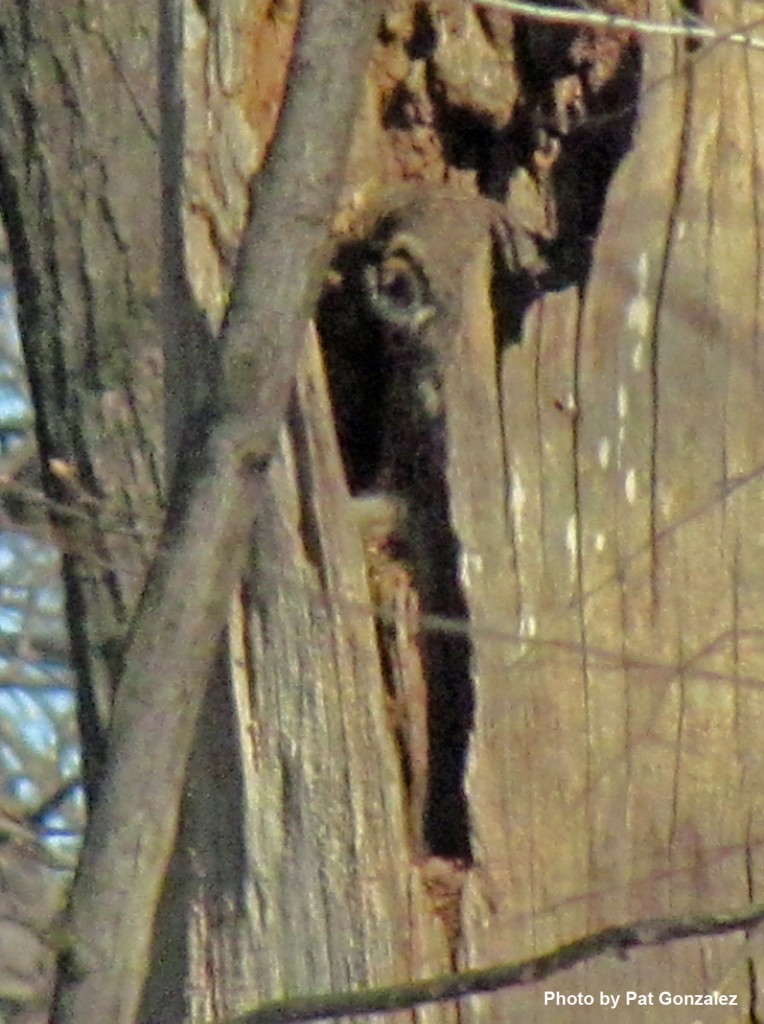
Posted in Photography on March 21 2011, by Plant Talk
Crocus tommasinianus (photo by Ivo M. Vermeulen)
Posted in Photography on March 20 2011, by Plant Talk
Oh the breadth of those limbs—
after the taut geometry of elevator, fire escape, lobby,
to see through branches to the sun—I believed
the world was mine, there was sap in my veins,
the tree was limitless, the scent of the tree,
the bark and the branch and the six-year-old sightline,
which goes on to the edge of the known world.
The Forest at the Edge of the World ~ Rynn Williams
Photo by Ivo M. Vermeulen
Posted in Photography on March 19 2011, by Plant Talk
Witch-Hazel isn’t just cheery in the winter, it’s also a welcome addition to the chorus of colors early spring brings.
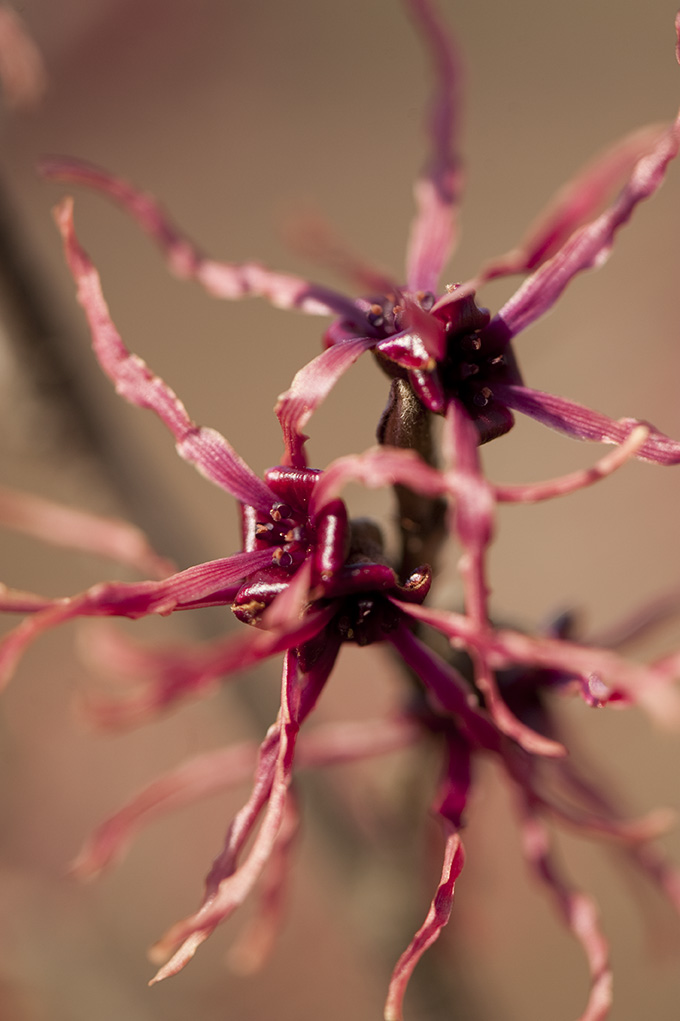
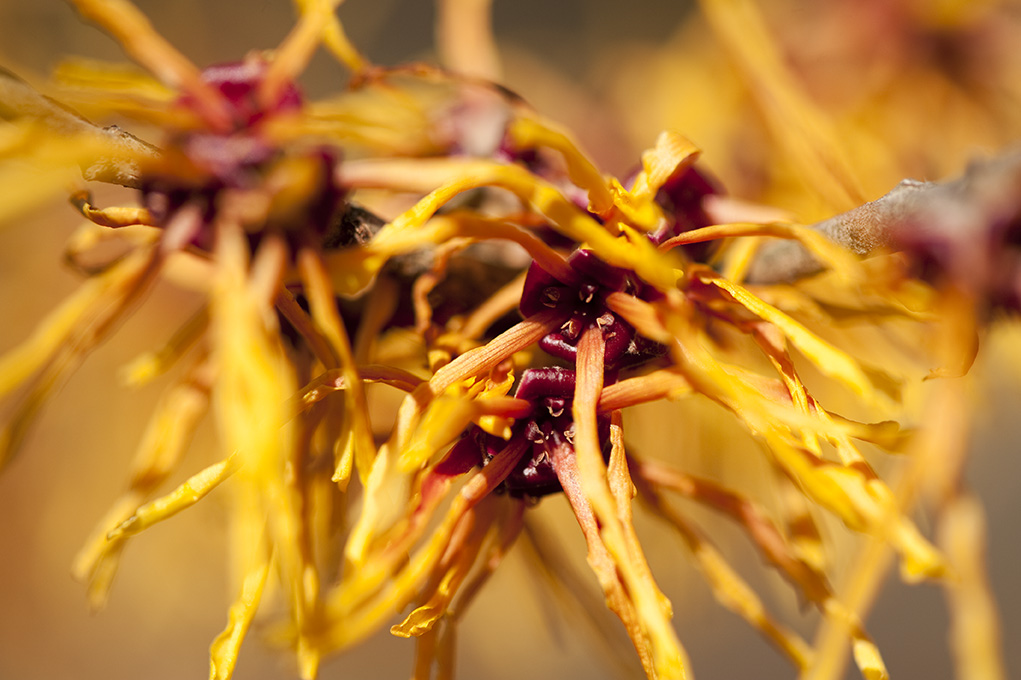
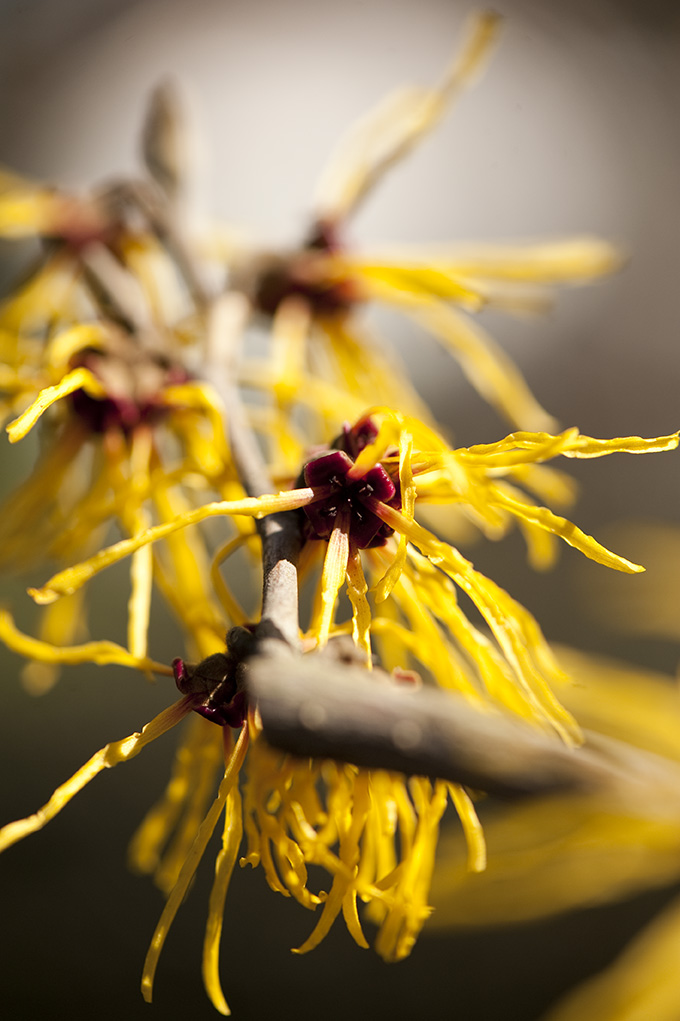
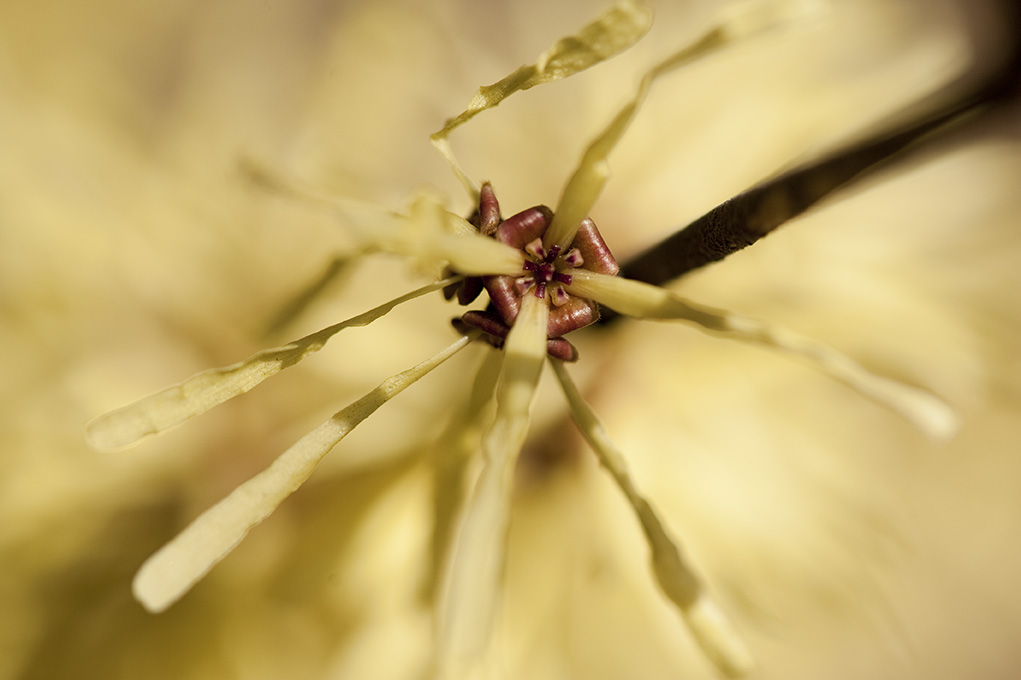
Posted in Around the Garden, Photography on March 18 2011, by Plant Talk
The forecast calls for it to touch 70°F today (but sadly to drop back down to around 50°F for the weekend). This beautiful stretch of weather has brought out some of spring’s most beautiful flowers. From crocuses, to flowering apricots, and even the very first daffodils, flowers are springing into bloom all over the Garden. So if you can get away, come for a visit today! We’re just 20 minutes north of Grand Central direct to our own Botanical Garden Station on Metro North‘s Harlem Line!
Posted in Photography on March 18 2011, by Plant Talk
Intrepid Garden photographer Mark Pfeffer climbed into a cherry picker and was hoisted 80 feet into the air to capture this shot. And what a shot it is!
The Enid A. Haupt Conservatory From Above (photo by Mark Pfeffer)